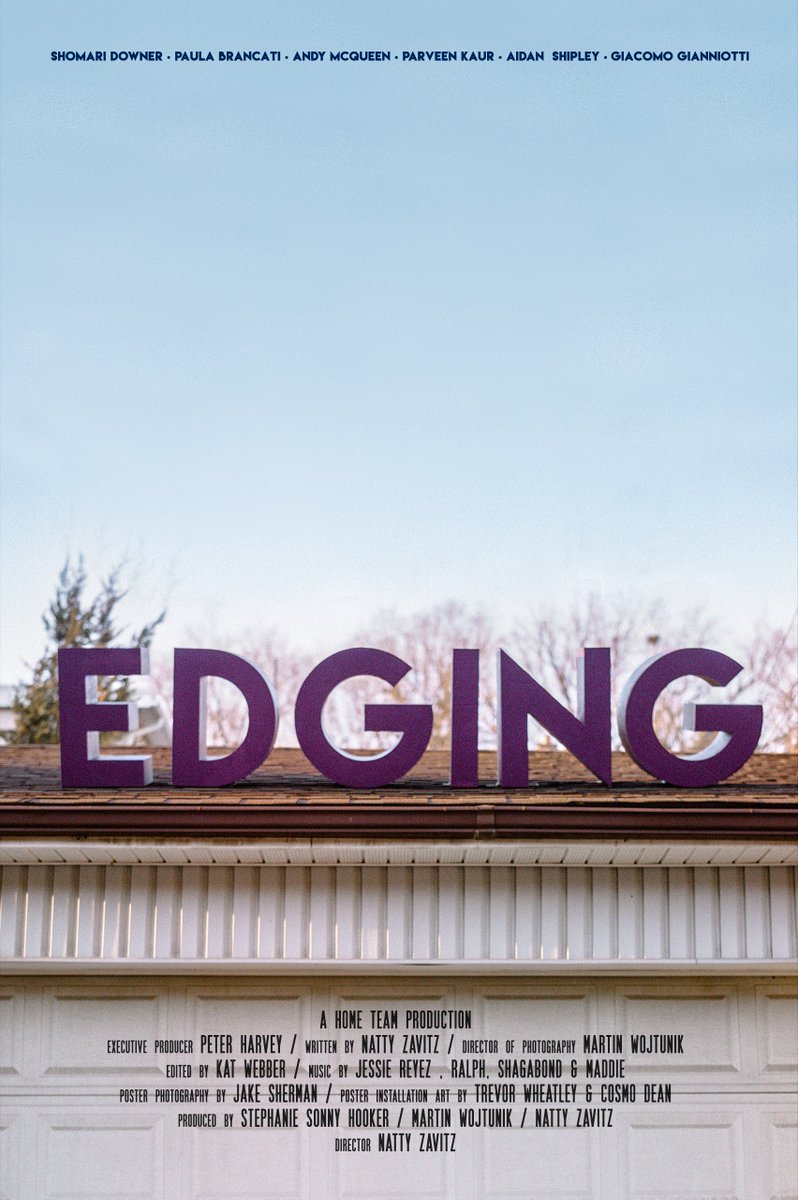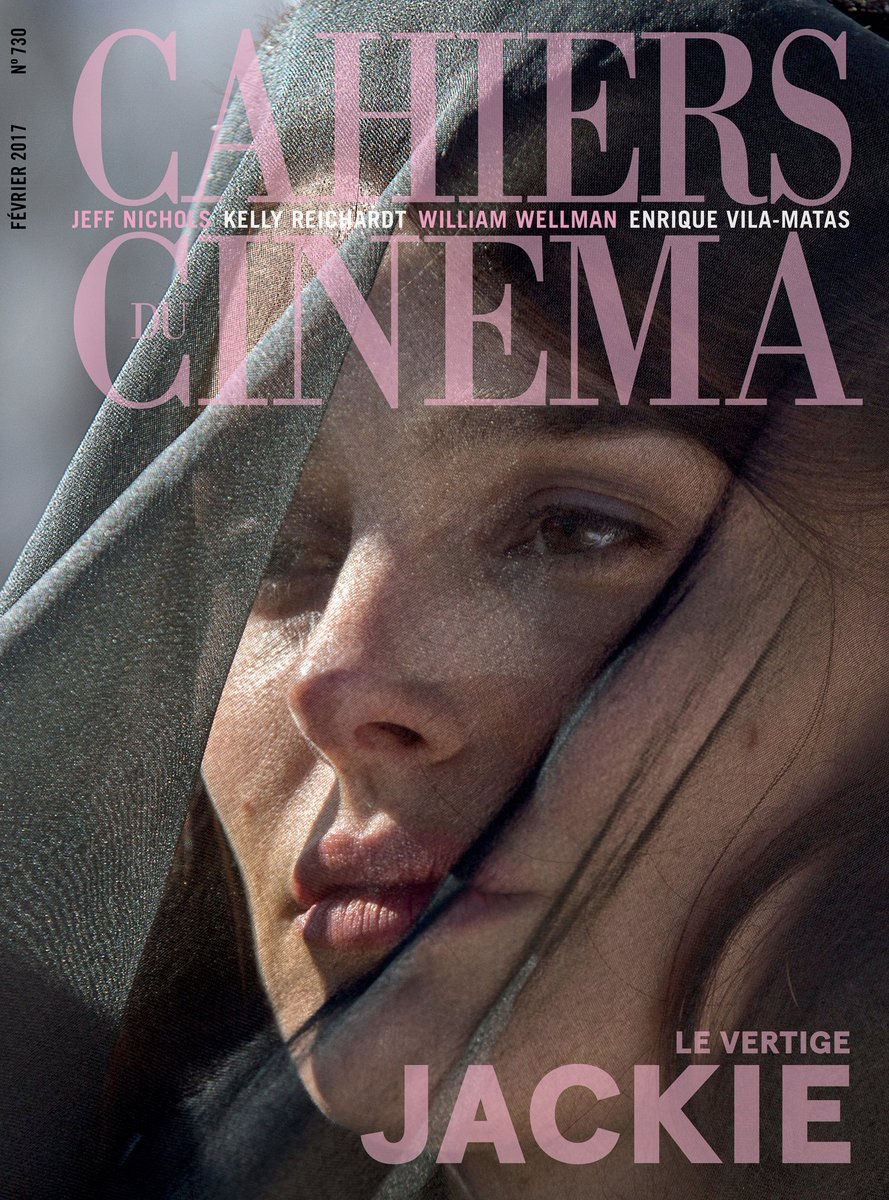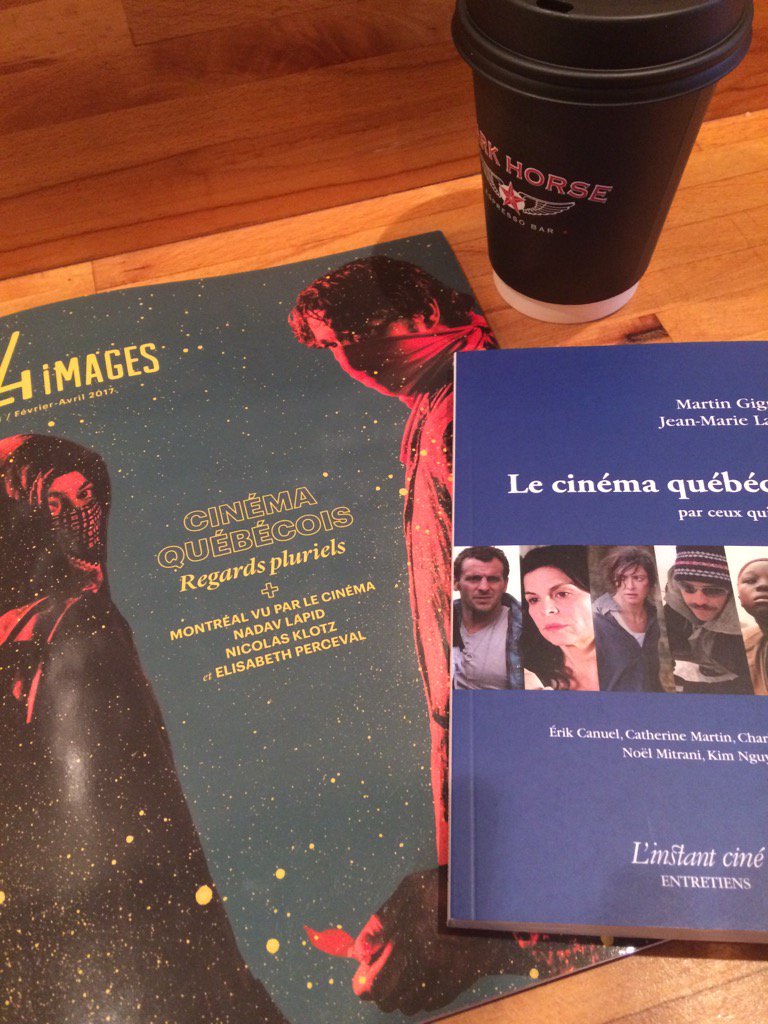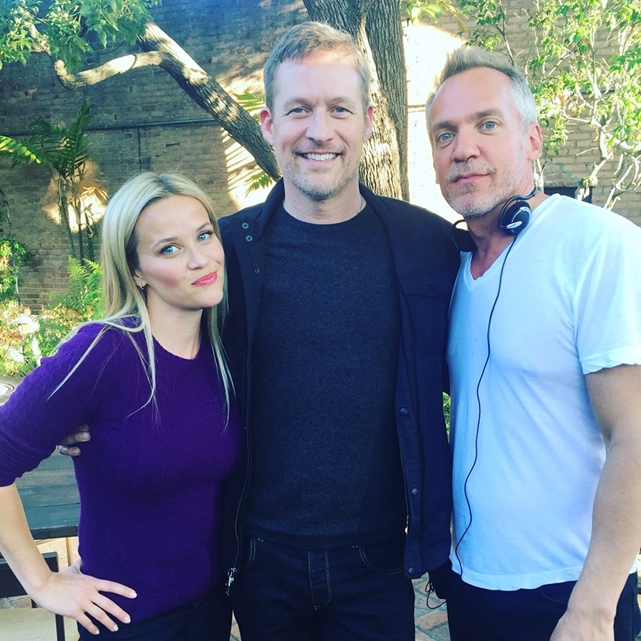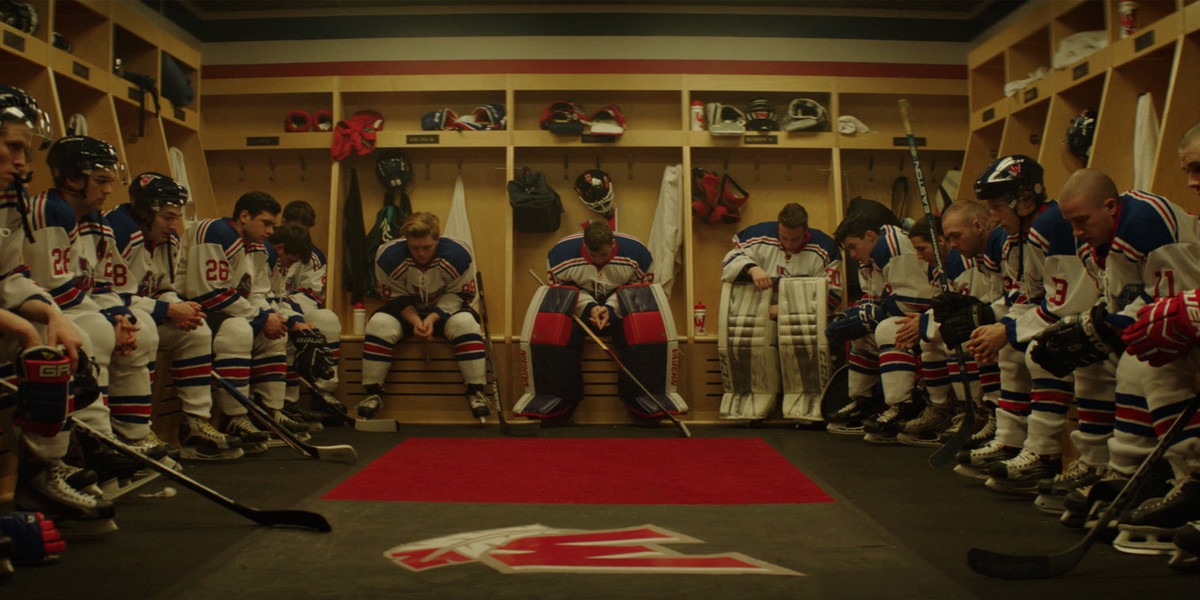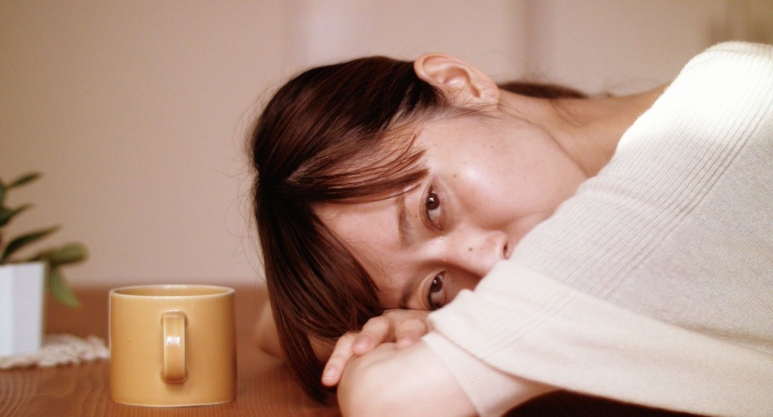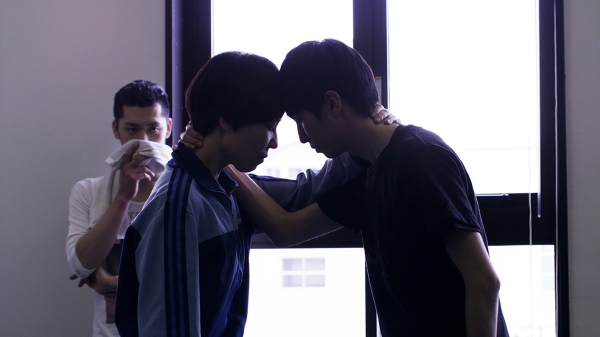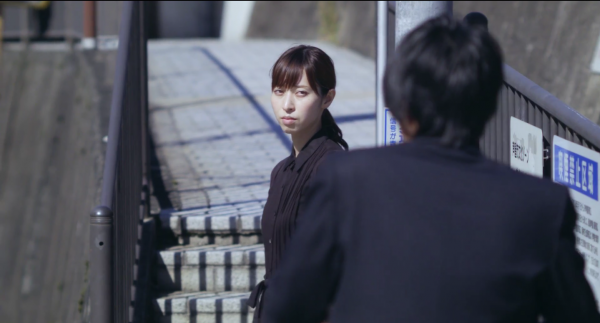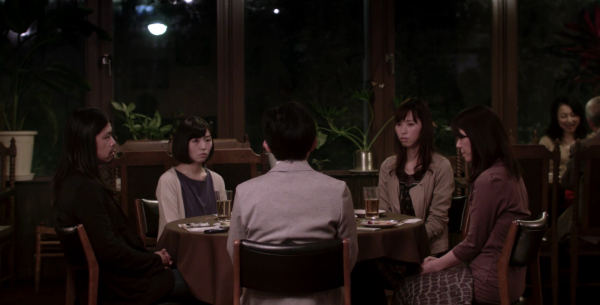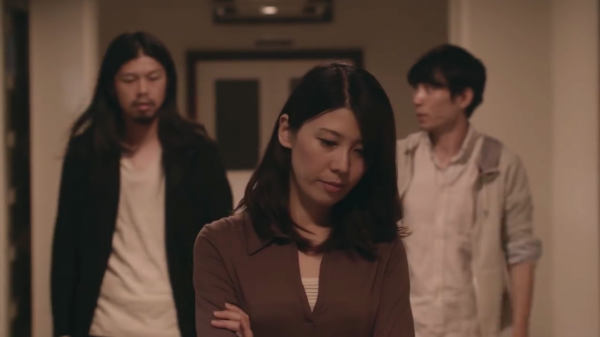A new series here at Toronto Film Review in honor of the nation’s sesquicentennial anniversary: 100 Best Canadian
Films will attempt to gather lists by
film critics and scholars on their personal, subjective favorite films (or shows!) that
have been made here in this country. It’s meant to be fun – to share one’s
passions – and hopefully there’s an interest to participate, go through them and discover
new titles. There will be no restrictions on what media can be included (films, shows etc.) as long
as they are either set here, made with Canadian money or are by born Canadians
or citizens. Here’s to the visionary filmmakers that have pushed the frontier of
the cultural imagination! – D.D.
***
David Davidson’s 123 Best Canadian Films
List
- I Confess (Alfred Hitchcock, 1953)
- A Dangerous Age (Sidney J. Furie, 1958)
- A Cool Sound from Hell (Sidney J. Furie, 1959)
- Universe (Roman Kroitor, 1960)
- The Mask (Julian Roffman, 1961)
- À Saint-Henri le cinq septembre (Hubert Aquin, 1962)
- Patinoire (Gilles Carle, 1962)
- Pour la suite du Monde (Pierre Perrault, 1963)
- The Bitter Ash (Larry Kent, 1963)
- À tout prendre (Claude Jutra, 1963)
- The Forest Rangers (Maxime Samuels, 1963-’65)
- Nobody Waved Good-bye (Don Owen, 1964)
- Solange dans nos campagnes (Gilles Carle, 1964)
- La vie heureuse de Léopold Z (Gilles Carle, 1965)
- Winter Kept us Warm (David Secter, 1965)
- A Further Glimpse of Joey (Don Owen, 1966)
- Warrendale (Allan King, 1967)
- The Ernie Game (Don Owen, 1967)
- Wavelength (Michael Snow, 1967)
- Palace of Pleasure (John Hofsess, 1968)
- Le Viol d'une jeune fille douce (Gilles Carle, 1968)
- Christopher's Movie Matinee (Mort Ransen, 1968)
- Isabel (Paul Almond, 1968)
- Valérie (Denis Héroux, 1969)
- A Married Couple (Allan King, 1969)
- The Hart of London (Jack Chambers, 1970)
- Goin’ Down the Road (Donald Shebib, 1970)
- Mon oncle Antoine (Claude Jutra, 1971)
- Graham Coughtry in Ibiza (Don Owen, 1971)
- La Région Centrale (Michael Snow, 1971)
- La Vraie Nature de Bernadette (Gilles Carle, 1972)
- La Mort d'un bûcheron (Gilles Carle, 1973)
- Réjeanne Padovani (Denys Arcand, 1973)
- The Apprenticeship of Duddy Kravitz (Ted Kotcheff, 1974)
- Black Christmas (Bob Clark, 1974)
- Janis (Budge Crawley, 1975)
- La Tête de Normande St-Onge (Gilles Carle, 1975)
- King of Kensington (Al Waxman, 1975-‘80)
- The Far Shore (Joyce Wieland, 1976)
- L'Âge de la machine (Gilles Carle, 1977)
- Who Has Seen the Wind (Allan King, 1977)
- Holstein (Don Owen, 1978)
- Les bons débarras (Francis Mankiewicz, 1980)
- La bête lumineuse (Pierre Perrault, 1982)
- Videodrome (David Cronenberg, 1983)
- Home Feeling: Struggle for a Community (Jennifer Hodge and Roger McTair, 1983)
- Unfinished Business (Don Owen, 1984)
- Making Overtures (Larry Weinstein, 1984)
- Crime Wave (John Paizs, 1985)
- Anne of Green Gables (Kevin Sullivan, 1985)
- The Kids in the Hall (1988–’94)
- I’ve Heard the Mermaids Singing (Patricia Rozema, 1987)
- Dead Ringers (David Cronenberg, 1988)
- Roadkill (Bruce McDonald, 1989)
- The Top of his Head (Peter Mettler, 1989)
- The Mysterious Moon Men of Canada (Colin Brunton, 1989)
- Black Mother Black Daughter (Sylvia Hamilton and Claire Prieto, 1989)
- Archangel (Guy Maddin, 1990)
- Family: A Loving Look at CBC Radio (Donald Brittain and Robert Duncan, 1991)
- Sam and Me (Deepa Mehta, 1991)
- YTV’s The Zone with PJ Phil (1991-’98)
- Forbidden Love (Lynne Fernie and Aerlyn Weissman, 1992)
- The Secret of the Lost Tunnel (John Porter, 1992)
- Léolo (Jean-Claude Lauzon, 1992)
- État critique (Marcel Jean, 1992)
- Kanehsatake: 270 Years of Resistance (Alanis Obomsawin, 1993)
- Frank’s Cock (Mike Hoolboom, 1993)
- L'âge des images (Jean Pierre Lefebvre, 1994-’95)
- Nunavut: Our Land (Zacharias Kunuk, 1994-’95)
- Due South (Paul Gross, 1994-9’9)
- Hard Core Logo (Bruce McDonald, 1996)
- Twitch City (Don McKellar, 1998)
- Boy Meets Girl (Jerry Ciccoritti, 1998)
- New Waterford Girl (Allan Moyle, 1999)
- Âme noire (Martine Chartrand, 2000)
- Saint Monica (Terrance Odette, 2002)
- Totem: The Return of the G'psgolox Pole (Gil Cardinal, 2003)
- Dying at Grace (Allan King, 2003)
- Slings and Arrows (Geoffrey Tennant, 2003–’06)
- H2O: The Last Prime Minister (Thomas David McLaughlin, 2004)
- C.R.A.Z.Y. (Jean-Marc Vallée, 2005)
- My Winnipeg (Guy Maddin, 2007)
- Passage (John Walker, 2008)
- Hommes à louer (Rodrigue Jean, 2009)
- Splice (Vincenzo Natali, 2009)
- Survival of the Dead (George A. Romero, 2009)
- Too Many Things (Donigan Cumming, 2010)
- Republic of Doyle: Family Business, The Return of Kingpin, Welcome Back Crocker (Allan Hawco, 2010-‘14)
- Take This Waltz (Sarah Polley, 2011)
- Café de flore (Jean-Marc Vallée, 2011)
- Amy George (Yonah Lewis and Calvin Thomas, 2011)
- Laurence Anyways (Xavier Dolan, 2012)
- Tower (Kazik Radwanski, 2012)
- Krivina (Igor Drljaca, 2012)
- East Hastings Pharmacy (Antoine Bourges, 2012)
- Vic + Flo ont vu un ours (Denis Côté, 2013)
- The Nest (David Cronenberg, 2013)
- The Dirties (Matt Johnson, 2013)
- Abacus, My Love (Rebeccah Love, 2014)
- Cutaway (Kazik Radwanski, 2014)
- Tu dors Nicole (Stéphane Lafleur, 2014)
- Maps to the Stars (David Cronenberg, 2014)
- To Those Who Remember Fondly (Mitch Greenberg, 2014)
- Les démons (Philippe Lesage, 2015)
- Demolition (Jean-Marc Vallée, 2015)
- How Heavy This Hammer (Kazik Radwanski, 2015)
- The Waiting Room (Igor Drljaca, 2015)
- Sleeping Giant (Andrew Cividino, 2015)
- Diamond Tongues (Pavan Moondi and Brian Robertson, 2015)
- Guibord s'en va-t-en guerre (Philippe Falardeau, 2015)
- Hyena Road (Paul Gross, 2015)
- Hurt (Alan Zweig, 2015)
- Lewis (Fantavious Fritz, 2015)
- The People Garden (Nadia Litz, 2016)
- Werewolf (Ashley McKenzie, 2016)
- Operation Avalanche (Matt Johnson, 2016)
- Boris sans Béatrice (Denis Côté, 2016)
- Ceux qui font les révolutions à moitié
n'ont fait que se creuser un tombeau
(Mathieu Denis and Simon Lavoie, 2016)
- Nelly (Anne Émond, 2016)
- Mes nuits feront écho (Sophie Goyette, 2016)
- Nirvanna the Band the Show – Season
1 (Matt Johnson, 2016-’17)
- Acres (Rebeccah Love, 2017)
- A History of Love – Screenplay
(Rebeccah Love, 2017)

